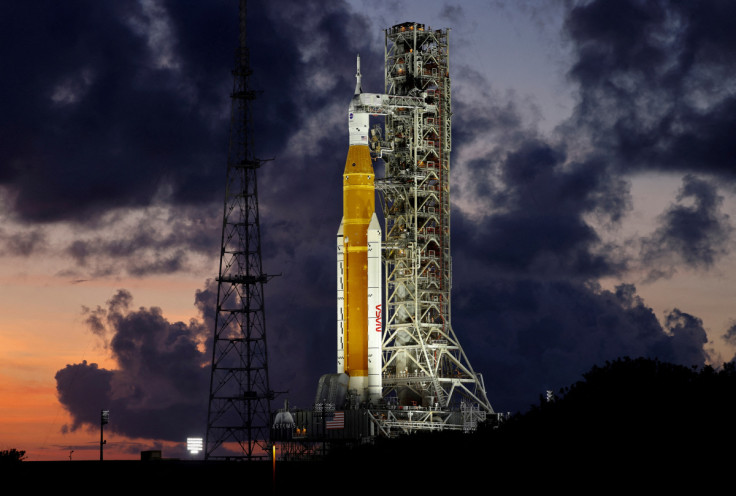Alexa Onboard Artemis 1 Mission Will Allow Astronauts Place Orders On Amazon From Space
KEY POINTS
- Callisto will be Orion's payload fitted with multiple cameras
- It will work without an internet connection
- It will be able to make calls back to Earth
Our earliest visualization of a talking space computer comes from movies like "Star Trek" and "2001: A Space Odyssey." But did you know that a new system called Callisto has been added to the Artemis 1 mission to test out the technology that will make an interacting space computer a reality?
A space-oriented Alexa of sorts, Callisto will perform several tasks to ease the lives of the astronauts on the mission, even allowing them to complete purchases from space. It is a collaboration between many companies such as Lockheed Martin, Amazon and Cisco.
"Callisto will demonstrate a first-of-its-kind technology that could be used in the future to enable astronauts to be more self-reliant as they explore deep space," Lisa Callahan, vice president and general manager of commercial civil space at Lockheed Martin, said, as per the company's news release. "Callisto is a shining example of how new partnerships with commercial technologies can benefit future human deep space missions."
Onboard @NASA_Orion, we have installed Callisto, a unique technology demonstration that includes @alexa99 and @Webex. Callisto will test potential uses of technology for deep space voice and video communications. ➡ https://t.co/5kwSSFxmBV https://t.co/k610gfGVac
— Lockheed Martin Space (@LMSpace) August 16, 2022
The Artemis 1 moon mission that is scheduled to launch on Aug. 29 will be unmanned and will consist of the Orion spacecraft and the Space Launch System. Callisto will then be the payload of the Orion spacecraft fitted with multiple cameras to assess Callisto's capabilities.
Perhaps the first thing that comes to one's mind whenever there is talk about interactive technology is the fear of it becoming conscious, much like the HAL from Stanley Kubrick's "2001: A Space Odyssey." And these fears are not completely based on science fiction.
Recently, AI developer Blake Lemoine, who helped develop a chatbot, made claims that his creation has become sentient. The news sparked fresh interest in the possibility of AI gaining consciousness.
"We don't want the HAL 9000, 'I'm sorry, Dave. I can't open the pod bay doors," Rob Chambers, Lockheed Martin's director of commercial civil space strategy, said, according to Mashable. "That's the first thing that everybody said when we first suggested this."
However, the collaborators believe having Alexa on a space flight is something that needs to be done and its benefits will be immense.
The virtual assistant will be limited to answering queries like, "Alexa, how fast is Orion traveling?" and, "Alexa, what's the temperature in the cabin?"
Lights are the only system Callisto will be able to control, Justin Nikolaus, an Alexa voice designer on the project, revealed.
"As far as control of the vehicle, we don't have access to any critical components or mission-critical software onboard," Nikolaus said. "We're safely sandboxed in Orion."
The name Callisto is almost poetic since it originated from one of Artemis' favorite hunting partners in Greek mythology. The project is programmed to give real-time answers about the spacecraft's flight status and other data, such as water supply and battery levels.
Callisto will work without an internet connection and will be able to make video calls back to Earth. Additionally, it will allow astronauts to place orders on Amazon and deliver them right at the doorstep of their loved ones.
"Our intent with this unique human-machine interface technology is to make astronauts aboard any human exploration spacecraft more efficient and productive and to allow them to focus on the tasks at hand with fewer distractions," Brian Jones, Lockheed Martin chief engineer for the Callisto project, said about the scope of the new system, as per the company news release.

© Copyright IBTimes 2024. All rights reserved.





















